By Dr. Elizabeth Jobe
The use of heating and cooling of tissues has various purposes in physical therapy. There are different methods of cooling and heating, and the method can affect the amount of time needed to achieve the change in temperature in the tissue and the size of the area that can be treated.
Cryotherapy is the use of cold as a therapeutic agent. It is a key component for rehabilitation immediately after injury or surgery as well as after an exercise session to decrease muscle soreness.
BENEFITS:
- Decreases blood flow, edema, and inflammation at the injury site.
- Decreases cell metabolism and the release of inflammatory mediators.
- Decreases muscle spasm.
- Inhibits enzymes that degrade cartilage and healthy tissue.
- Decreases pain by slowing nerve signal transmission and raising the threshold for nerve stimulation.
EXAMPLES OF METHODS TO COOL TISSUES:
- Ice packs or cool gel packs
- Ice massage
- Cool compression units
- Ice baths
Thermotherapy is the use of heat as a therapeutic agent. After the acute inflammatory period has resolved approximately 72 hours after injury, then heat becomes an important component of healing. This is the ideal modality for patients that have chronic injuries such as arthritis.
BENEFITS:
- Increases cell metabolism for healing.
- Increases blood flow to bring oxygen and nutrients to tissue.
- Increases resorption of old inflammatory debris.
- Decreases force needed for stretching tissues.
- Decreases pain by sedating sensory nerve endings.
EXAMPLES OF METHODS TO HEAT TISSUES:
- Hot packs
- Hydrotherapy (ex. Underwater Treadmill)
- Warm compresses










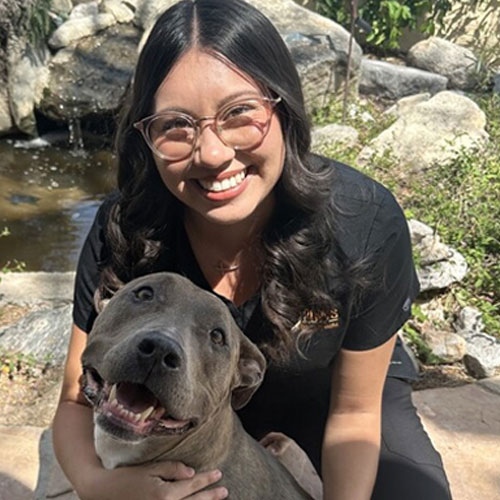








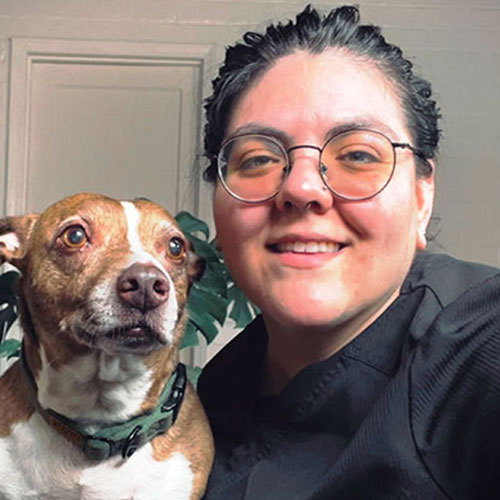
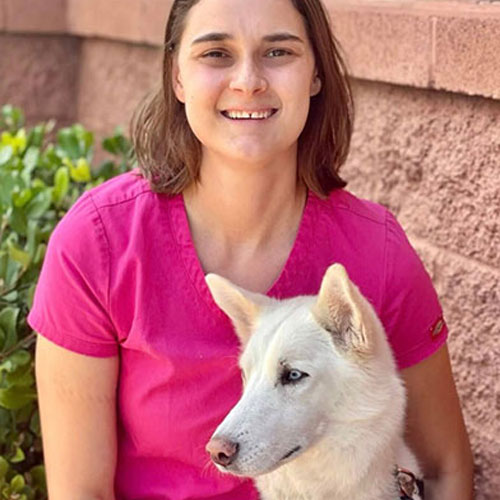
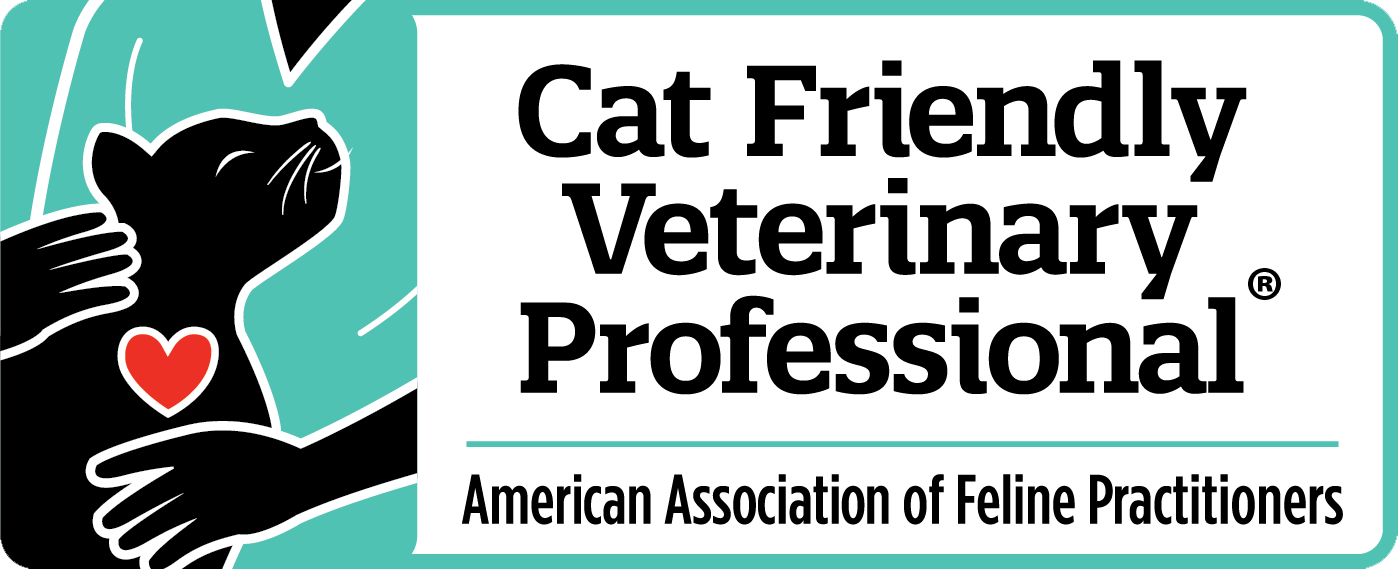
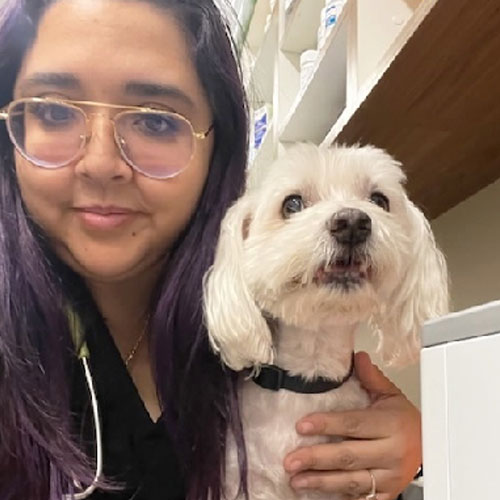



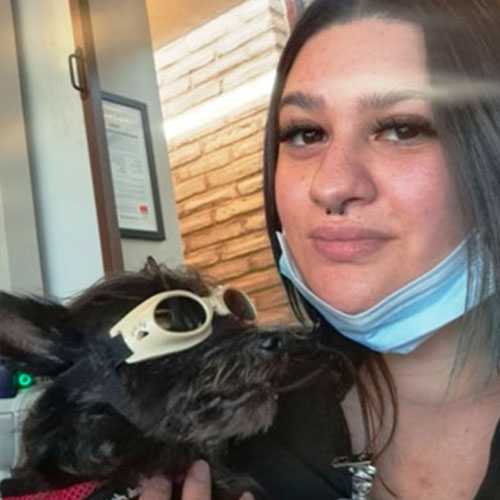


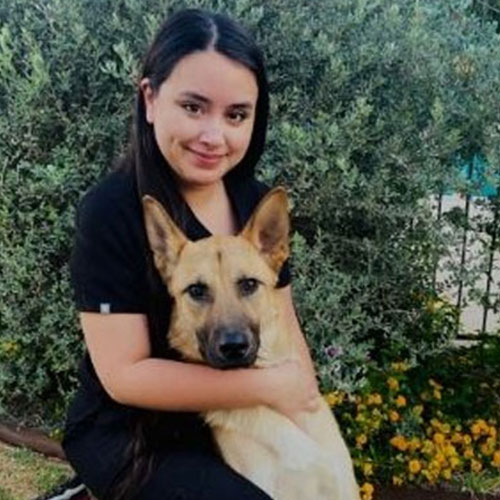

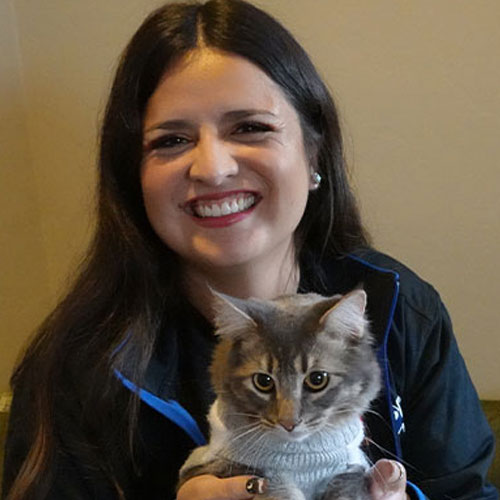

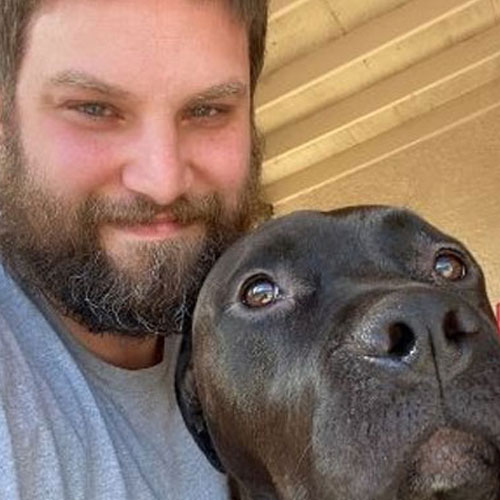






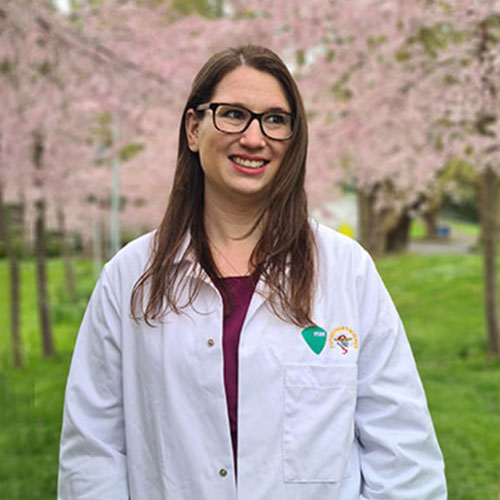







Leave A Comment